Anti-ship "Standard" in pursuit of "Onyx". Revival of the forgotten American project
In 2017, the 50 will be exactly the same year since its adoption by the US Navy of the most popular in the West anti-aircraft guided missile for the naval air defense missile systems - RIM-66A "Standard-1" (SM-1). The product, aerodynamically perfect at that time, gave rise to a whole family of standard-grade SAM systems, which over four decades of improvement managed to replenish with modifications such as the Standard-67ER RIM-1A (two-stage SAM with 65 km range and high speed parameters on the final leg of the flight) , RIM-66C "Standard SM-2МR Block I" (the first modification of "Standard-2" integrated with the "Aegis" BIOS), RIM-156A "SM-2ER Block IV" (two-stage "Standard-2" SAM with long-range flight, about 160 km), RIM-161B "SM-3 Block IA" (anti-missile range 500 km, integrated into the AEgis BMD 3.6.1 software, designed to defeat a BR in near space). According to the last modification, work is being done to further improve the sensitivity of the infrared GOS for the development of the US and allied air defense / missile defense program. On the basis of RIM-161A, a ground-based interceptor missile RIM-161C was created for the “Aegis Ashore” missile defense system, which recently took up duty on duty in Romania.
But the Standard family was not limited to versions of anti-aircraft missiles. In the 1966 year, even before the SM-1 was commissioned, General Dynamics conducted parallel work on the AGM-78 “Standard-ARM” anti-radar missile, which was adopted by the US Air Force in the 1968 year and was intended to replace less sophisticated PLLR AGM-45 "Shrike"; their shortcomings were identified during the Vietnamese company. In particular, the absence of an inertial targeting unit with a drive to save the coordinates of a disconnected radar did not allow hitting the target in the event of the latter being turned off, and the HOS programmed before the departure caused the narrow Shrike functionality only with a single operating radar. Standard-ARM was devoid of these shortcomings, and therefore belongs to the transitional generation of PRLR, being almost on the same step as the well-known AGM-88 HARM.
Despite the range unprecedented for those years for PRLRT tactical aviation (75 km) and the most up-to-date elemental base of avionics, Standard-ARM ceased to be made due to the high cost of 1976, and the Standard family retained its anti-aircraft and anti-missile assignment up to today’s the day when new realities of military technological progress lead to the return of the most unexpected, sometimes long-forgotten projects.
7 April 1973, in the US Navy, successfully tested the first prototype of the supersonic anti-ship missile RGM-66F, which by tactical and technical parameters (except for the range in 550 km) was absolutely not inferior to our BNT 4K80 "Bazalt". The anti-ship RGM-1F developed on the basis of the SM-66MR missile defense system had a small radar signature (around 0,1 м2). This greatly complicated the detection and “capture” of the then-existing shipborne radar of the M-1 Volna, M-11 Storm and Osa-M radar. Experienced RGM-66F was not yet equipped with a first stage accelerator, and therefore even the ballistic flight path, with access to the lower stratosphere (up to 18 km), did not allow the rocket to hit surface targets at a distance of more than 50 km with a satisfying 2-speed on the final speed stage of the flight path. As with most anti-ship missiles, the RGM-66F provided for the installation of an active radar homing head, thanks to which the product was also known as “Standard Active”. And the unification with the standard-1 family of SAMs allowed it to be used not from the specialized inclined TPK (PU) Mk 141, as was done in the “Harpoons”, but from standard cellars with revolving storages and the feeder to the inclined PU Мk 13 and Mk 26 that did not limit the anti-ship arsenal of American warships.
Regardless of the promising two-stage RIM-67A SAM (radius of action up to 80 km), the US Navy preferred the development of McDonnell Douglas - RGM-84A “Harpoon”, which has much lower-altitude flight profile, which at that time was an advantage in the breakthrough of ship-based air defense, which was not yet endowed with the ability to effectively intercept low-altitude targets, including against the background of the water surface. But "Harpoons", like other subsonic anti-ship missiles, cannot remain on top of technology forever: the noise immunity and resolution of modern radar machines are increasing every day, and even such goals as the low-profile anti-ship missiles "LRASM" will be confidently detected and intercepted by modern Russian and Chinese shipboard SAMs and, therefore, the whole concept of improving air attack weapons cannot do without expanding their speed capabilities. After all, it is not for nothing that the Yakhonts and BrahMosa are being developed for the Russian and Indian fleets. Understood in the American Navy.
Last week, US Secretary of Defense Ashton Carter announced work to create a promising supersonic anti-ship missile based on the Raytheon SM-174 ERAM long-range RIM-6 anti-aircraft missile system. In fact, the advanced project gets forgotten 44 a year ago, but instead of the RIM-66A / RIM-67A, a more advanced and long-range anti-aircraft missile is taken as the basis, which helped the imperfect 4-channel “Idzhis” to maintain stability in the conditions of modern threats. RIM-174 ERAM (Extended Range Active Missile) received a highly efficient ARGSN from the AIM-120C air-to-air missile, but its antenna array area was increased 3,75 times, which increased the target capture range during off-horizon shooting. ARGSN "SM-6" also unloads "Aegis" when repelling the enemy's massive WTO strike, since it does not need to be illuminated with SPG-62 radars.
In contrast to the RGM-66F, the new supersonic SM-6-based anti-ship missile can receive the first solid-propellant accelerating stage with the Mk.72 TRD (from the exoatmospheric interceptor RIM-161), and therefore its range may be more than 370 km. A huge range with this accelerator will be achieved only thanks to the high-altitude ballistic flight profile. Other equipment is also possible with the use of the Teledyne CAE J402-CA-100 compact turbojet engine with the 0,294 ton ton as the first stage of the compact turbojet engine. In this case, a low-altitude flight profile with a final acceleration to 3-3,5М over the crest of a wave is possible, a similar profile is implemented in the Russian RCC 3М54Е Caliber-NKE. The possibilities of such a CRP will correspond to the indicators of "Caliber".
But we will focus on the version with solid propellant stage Mk.72. The anti-ship version of the RIM-174 ERAM will be able to rise to a height of up to 35-40 km, after starting up to 4000 km / h. Then, according to the inertial guidance system and external target designation, the cruise stage will enter into a dive with the accelerator already separated, and after detecting and “capturing” the missile’s GOS surface target, the cruise engine will be activated to maintain high supersonic speed in tropospheric flight.
Also, the supersonic anti-ship missile system based on the Standard-6 boasts high maneuverability capabilities derived from the anti-aircraft version, thanks to which the rocket can reach the limiting (close to 90 degrees) elevation directions relative to the surface target in the stratosphere, and then using aerodynamic control surfaces or gas-dynamic DPU, sharply turn around and vertically "fall" on the target at speeds up to 3,5M. Even today, many multifunctional and survey radars have difficulties with work on air targets with extreme elevation coordinates, which the British-American contingent of specialists from Matra BAe Dynamics and Texas Instruments used to create one of the most advanced in the world. stories PRLR - ALARM.
The command of the US Navy does not hide the fact that new high-speed anti-ship missiles are being developed as an asymmetric response to the modernization of the naval personnel of the Russian Navy (“Admiral Nakhimov”, later “Varyag”) and to update it with promising frigates of the 22350 Ave. Polyment Redut. The new missiles are fully unified with the MUP 41, and therefore their number on one side will be limited only by the number of TPCs. Anti-ship Standards will present a huge danger in a massive use in conjunction with the LRASM anti-ship missiles: dozens of the latter will appear sharply due to the radio horizon, fully loading the EIA of the enemy ships (add false targets and EW airplanes), while the latter with a slight delay will attack 3 flywheel speed, i.e. the two types of impact will occur at one point in time, overloading the capacity of the shipborne air defense missile systems. These missiles will become a real formidable force against our and Chinese CMTs.
The danger lies in the fact that the speed of 3-3,5M exceeds the speed limit for intercepting KZRAK “Kortik”, SAM “Dagger” and “Osa-MA”, and only S-300F / FM, “Shtil-1”, “Redut” "And" Shell-M "can fight against similar goals, but single ships are now equipped with these complexes fleet, which indicates the need for an early update of all types of air defense systems. In the future, “Harpoons” will be gradually decommissioned, and, by about 2025, they will be completely replaced by “LRASM” and the new “Standards-PKR”. The striking capabilities of the US Navy will increase several times: these types of missiles will also be armed with missile modifications of the landing dock-ship "San Antonio" and the EM class "Zumwalt". The adequate response of our fleet is almost ready: at the final stage of development there is an anti-ship complex with hypersonic anti-ship missiles 3K-22 Zircon. Its 4,5-missile missiles with a mixed flight profile will be able to break through even an anti-ballistic "umbrella" based on the latest vaunted multifunctional radar AMDR.
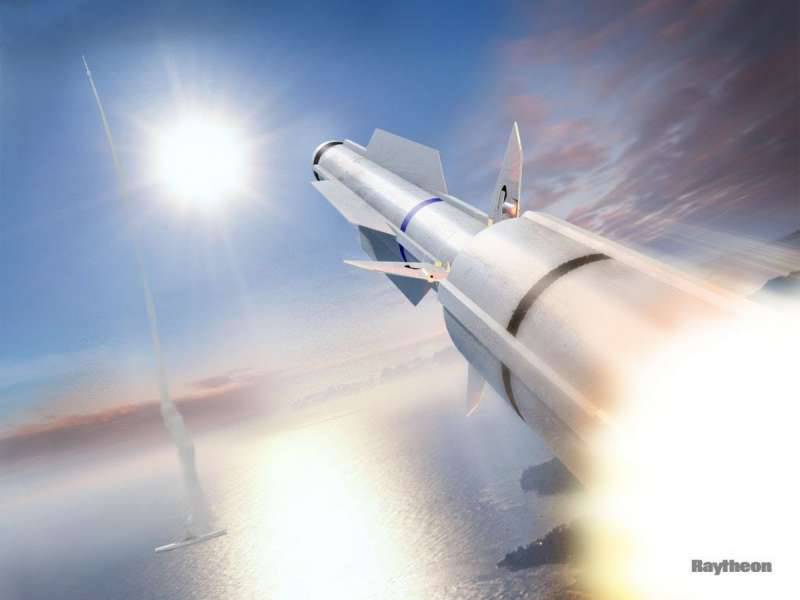
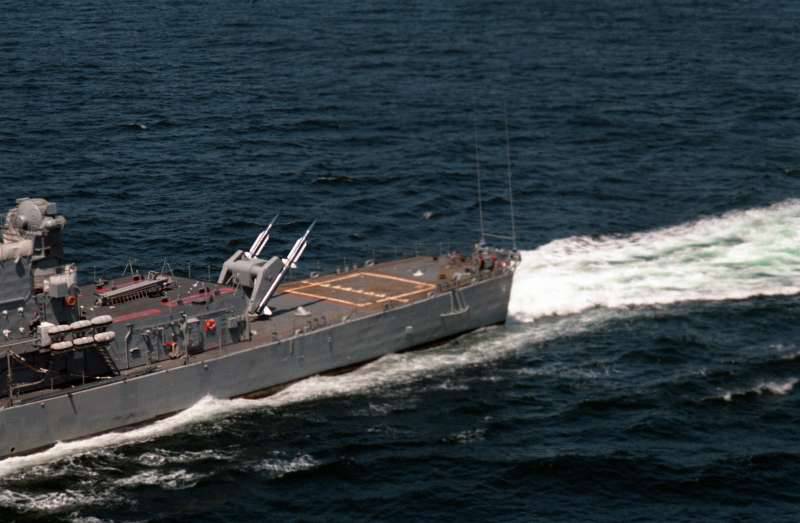
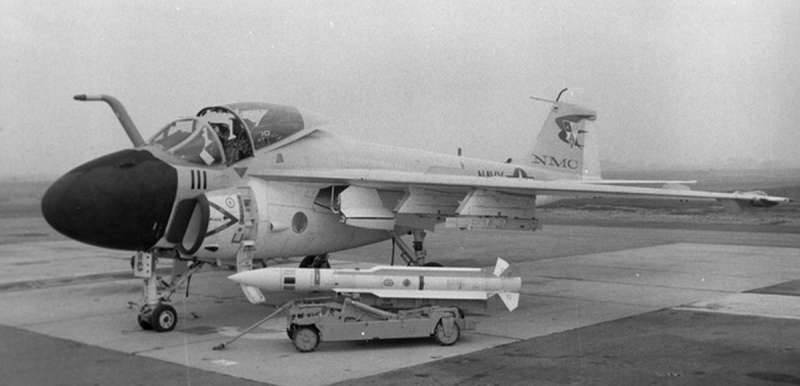
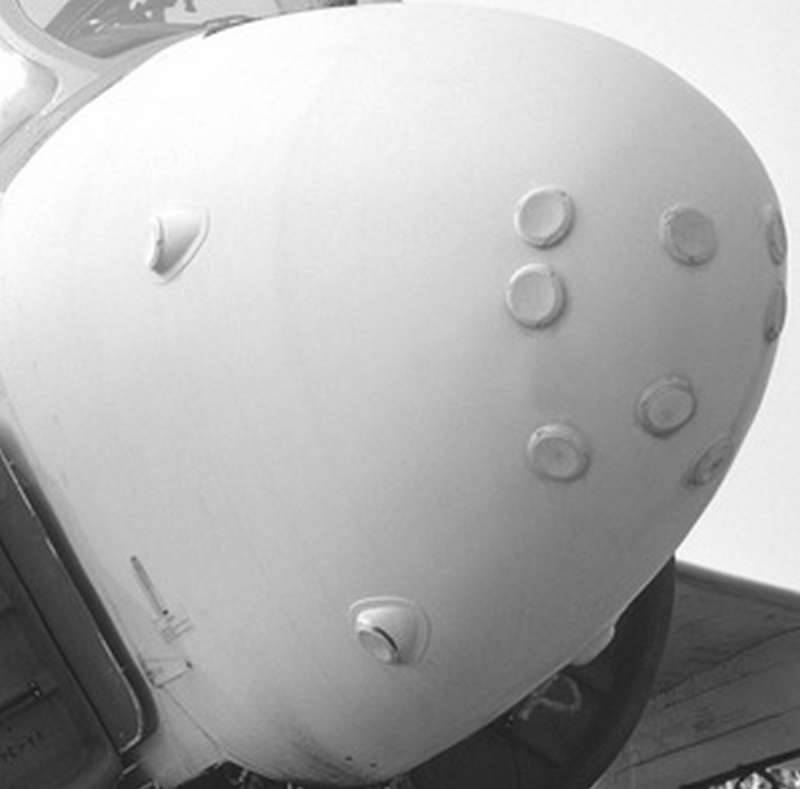
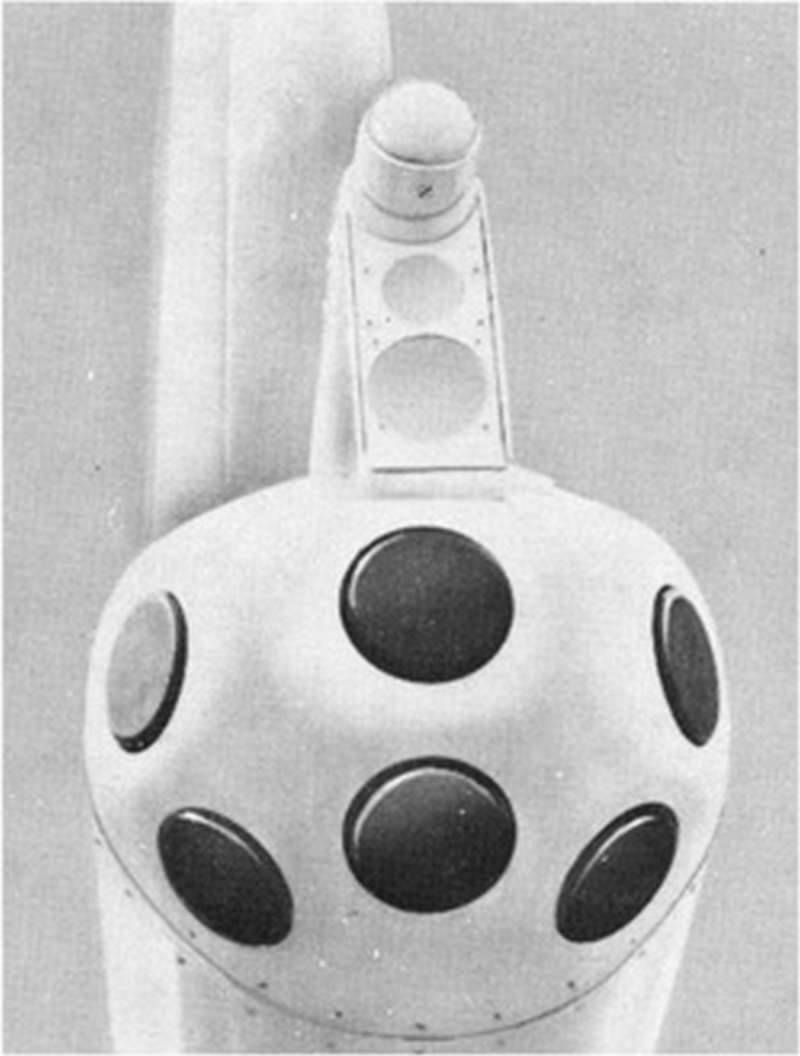
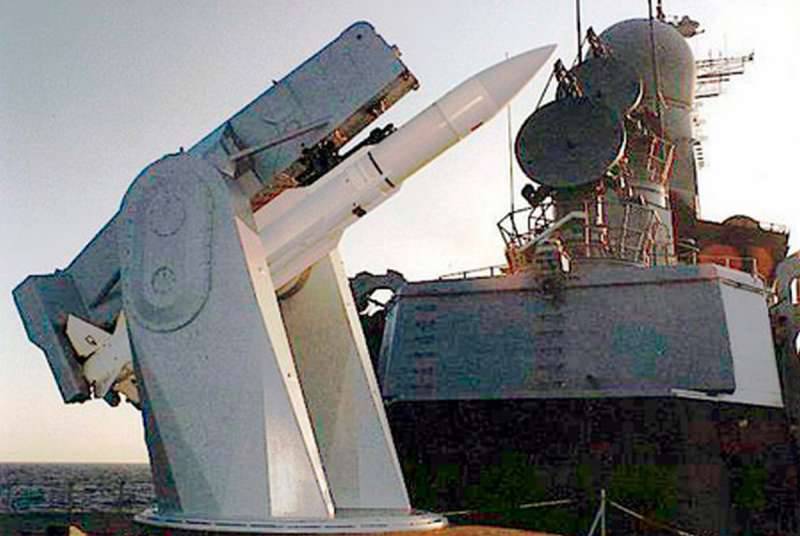
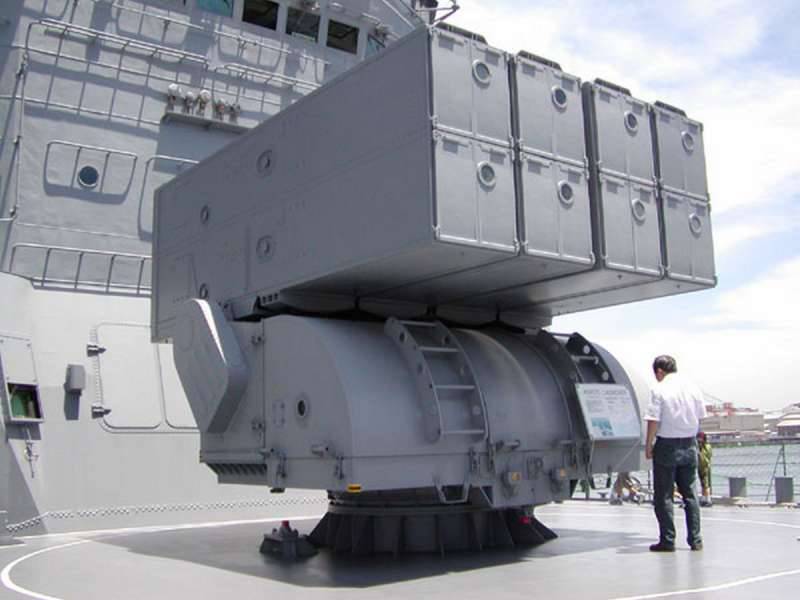
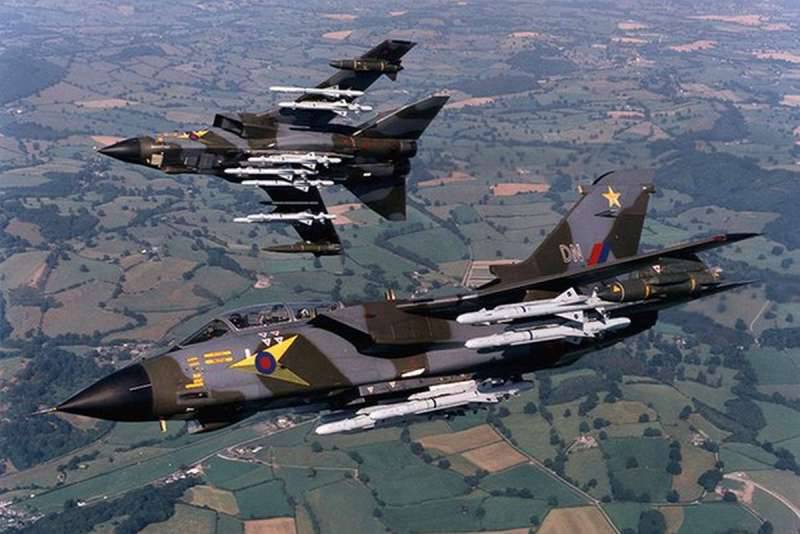
Information